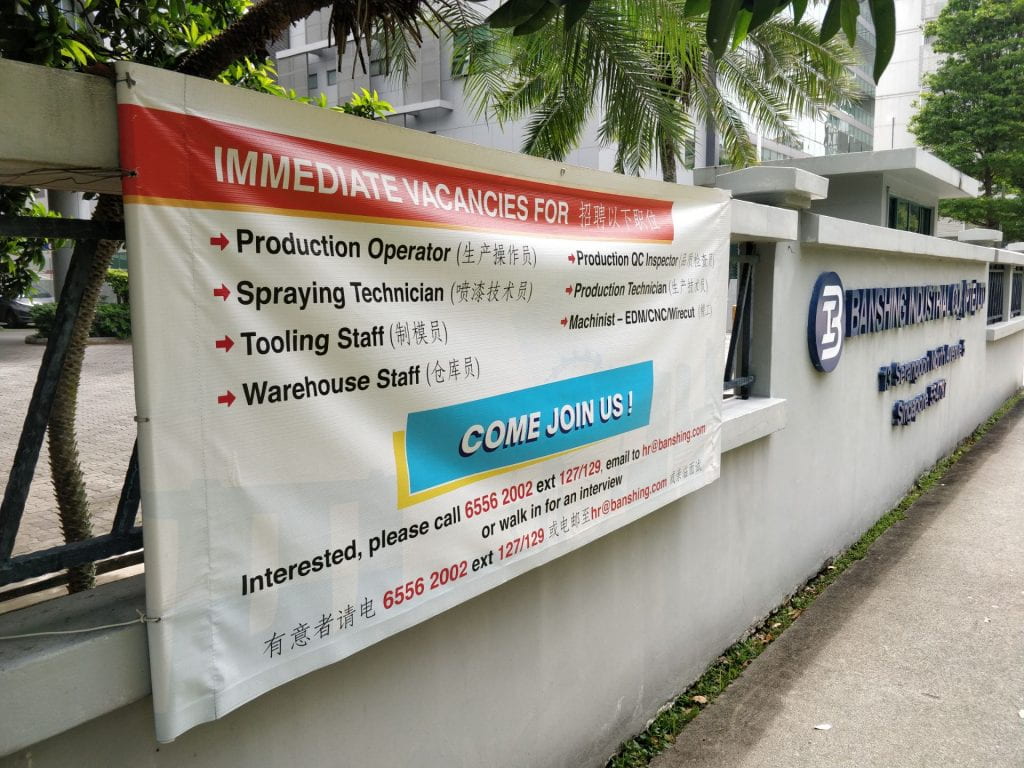Introduction
This is a project to document the history of the microelectronics (or semiconductor) industry in Singapore. If you’d like to contribute your story to our project, please contact us here.
The microelectronics industry in Singapore began when companies from abroad decided to set up their factories in the Republic. Since the 1970s, more and more firms established manufacturing plants here, including American and Japanese companies. From simple assembly lines to high-technology applications, the industry witnessed a transformation. Products ranging from integrated circuits to calculators, were manufactured by the locals. These firms not only have their factories in Singapore but also in the neighbouring countries within the Southeast Asia region.
The history of the rise and development of the semiconductor industry in Silicon Valley is now well-documented. As the cost of labour rose in the United States, some of these California-based companies examined the possibility of moving some of their manufacturing operations offshore. At the same time, developing nations in East and Southeast Asia – especially the “four little dragons” or “four Asian tiger” economies of Singapore, Hong Kong, Taiwan, and South Korea – were eager to generate employment and bolster economic output by hosting multi-national companies within their borders. These nations competed to offer tax breaks, ready labour forces, land, and factory space to attract microelectronics manufacturers.
With much encouragement from the government, the American company National Semiconductor opened operations in Singapore in 1968. Fairchild Semiconductor, the first firm to design and manufacture integrated circuits, set up a manufacturing plant in Toa Payoh in 1969. They were followed by Texas Instruments and Hewlett-Packard operations in 1970. Seven thousand jobs were created in just three years. By the early 1980s, Singapore had become a major hub for microelectronics and semiconductor manufacturing with Digital Equipment Corporation, and Seagate also operating in the Republic.
This project aims to understand the role that these Singaporean and Southeast Asian operations played in the globalization of the microelectronics industry more broadly. Alongside operations in Latin America, these plants led the way in the globalization of microelectronics and ultimately transformed that industry. Now the vast majority of the world’s electronics – including microelectronics devices – are produced in the People’s Republic of China. This has significant implications for the global distribution of expertise, jobs, and the balance of global trade. This project aims to better describe and situate the role of Singapore and Southeast Asia in such knowledge transfers.
This project was sponsored by a Heritage Research Grant from Singapore’s National Heritage Board.
Publications and talks
The project will ultimately produce several more articles and talks related to microelectronics. Those that have been published and are available now are listed here. More will be added as more material is published.
- Who really invented the thumb drive? https://spectrum.ieee.org/thumb-drive
- “Fairchildren and factory girls: gender, space, and family in the Singapore electronics industry” Making Modernity in East Asia Lecture, Hong Kong University https://www.youtube.com/watch?v=m_QIxIB_ZbI
Lists of sources
As part of this project, we have compiled extensive lists of sources (primary and secondary) related to microelectronics in Singapore and Southeast Asia. We are making these available here. Where possible, these files have links to online sources.
- Source materials organized by company (Link to Excel file)
- Sources produced by Singapore government agencies, organized by agency name (Link to Excel file)
- Electronics companies’ internal magazines and newsletters (available from National Library Board) (Link to Excel file)
- National Archives of Singapore records (Link to Excel file)
- Secondary sources on electronics in Asia, organized by country (Link to Excel file)
- Secondary sources on industrial planning (Link to Excel file)
- Annual Reports with relevance to electronics (Link to Excel file)
- Sources on Henn Tan (Link to Excel file)
- Sources related to JTC (Link to Excel file)
- Sources related to polytechnics (Link to Excel file)
Factory photographs
Another aim of this project was to document changes in the land and city-scape due to electronics. The photographs here show the contemporary sites of various historical electronics factories and factory zones. In some cases the factories have been taken over by other electronics or non-electronics companies.
Kallang River and Whampoa River area (Kallang Basin)
From 1965, the Kallang Basin area (near the confluence of the Kallang River and the Whampoa rivers) was drained and in-filled with earth from nearby Toa Payoh to make create an industrial zone where many electronics factories were located.








990 Bendemeer Road – former Texas Instrument site (now Micron)


Old and new factories at Kallang Junction – possible site of GETAP flatted factory

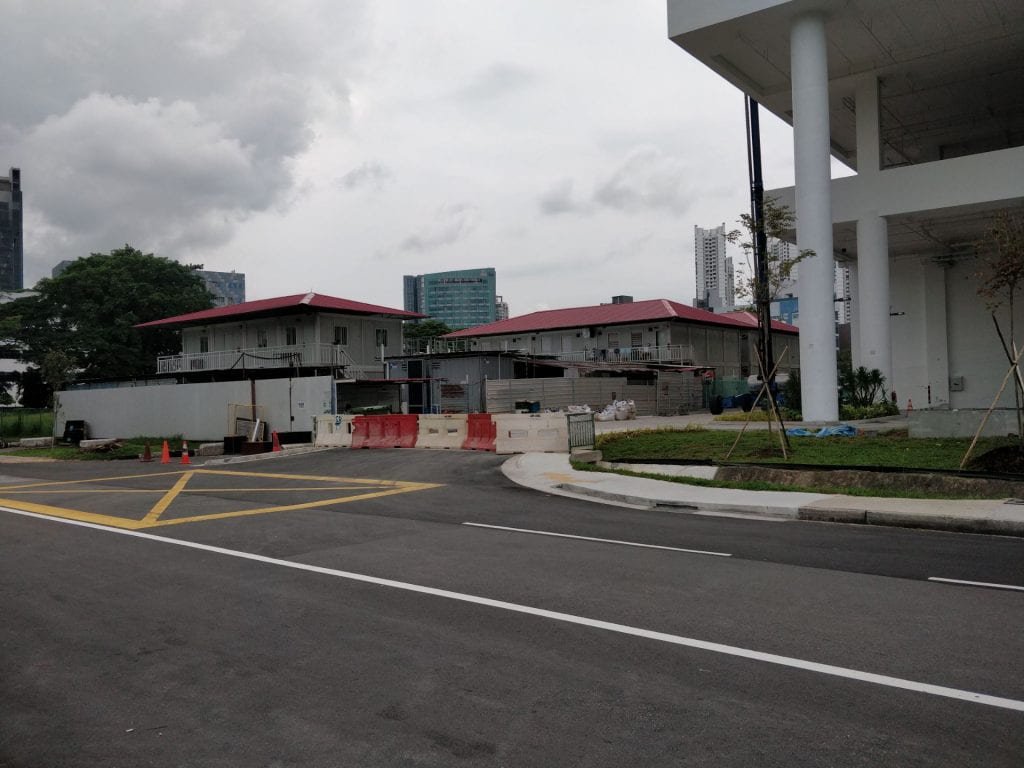

Vicinity of Block 6, Kallang Place (former GE site)
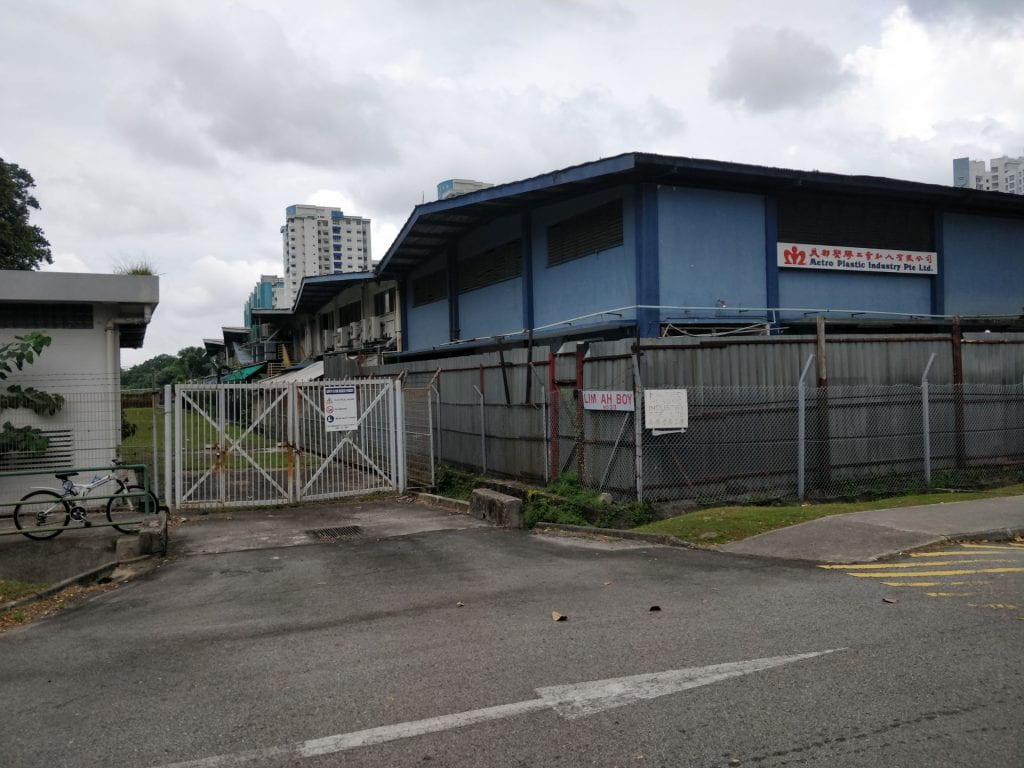



Spaze @ Kallang – former Seagate facility
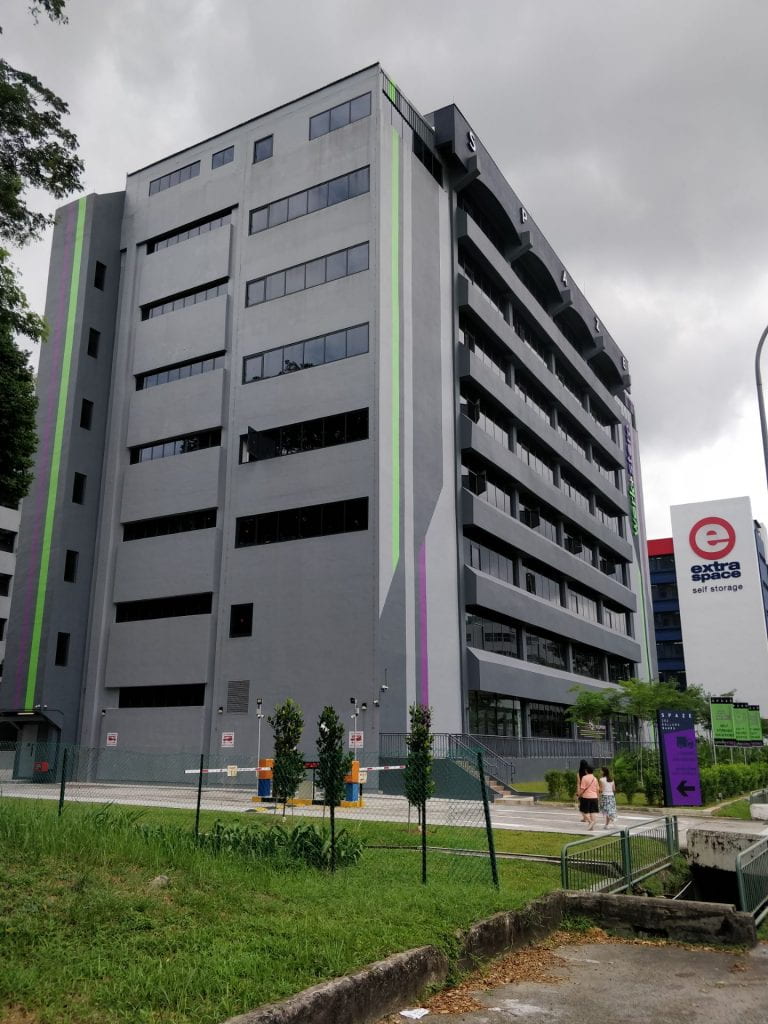
7000 Ang Mo Kio Avenue 5 – former Seagate facility


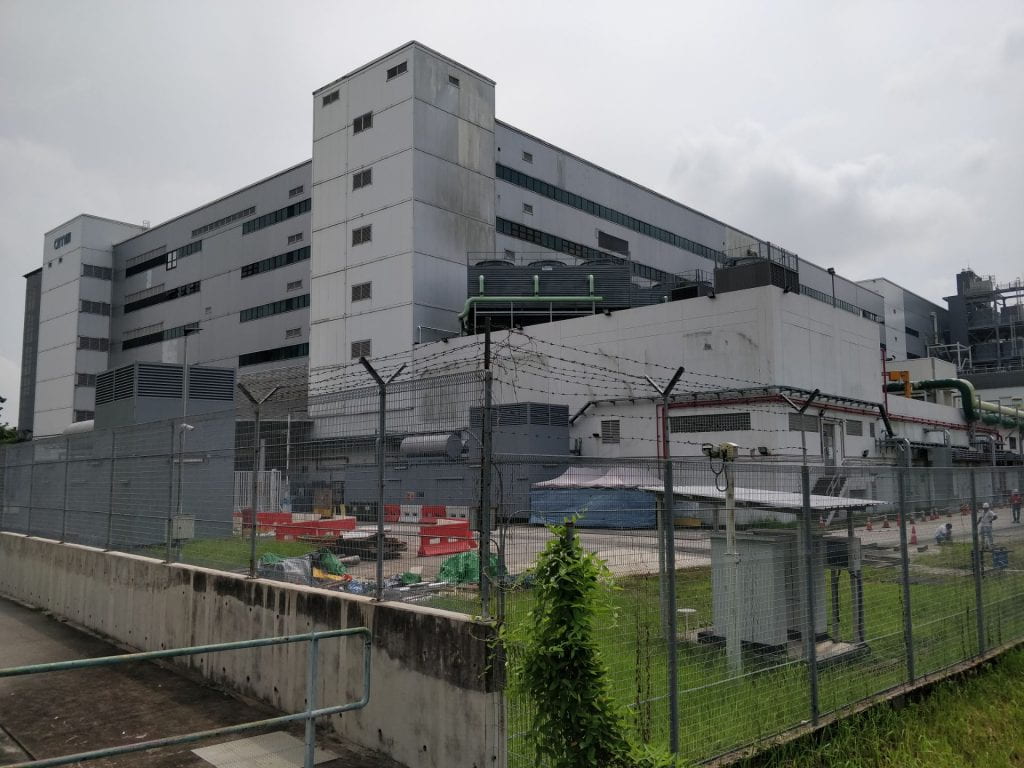
Jackson Square – former Fairchild factory @ Toa Payoh Lorong 3





1000 Toa Payoh North (former GE headquarters?)

STMicroelectronics @ Toa Payoh Lorong 4 (corner Lor 6) – former SGS site


Toa Payoh New Town
Toa Payoh New Town was the first New Town build entirely by the HDB and the became the site of the first electronics factories, including Fairchild Semiconductor (1969). Fairchild’s factory was in Lorong 3 (now Jackson Square) right in the center of the town, surrounded by HDB housing blocks.



Miscellaneous images

